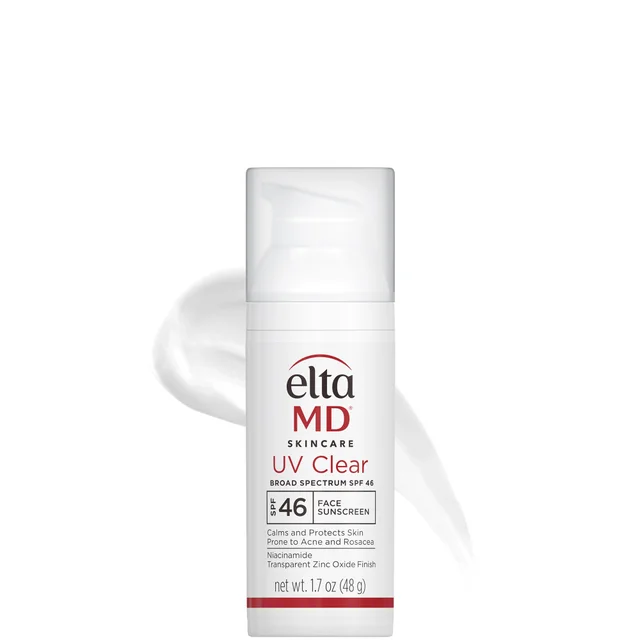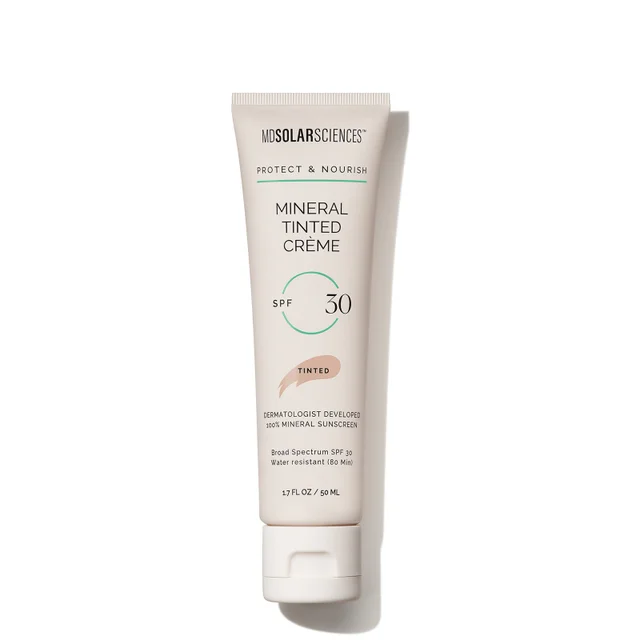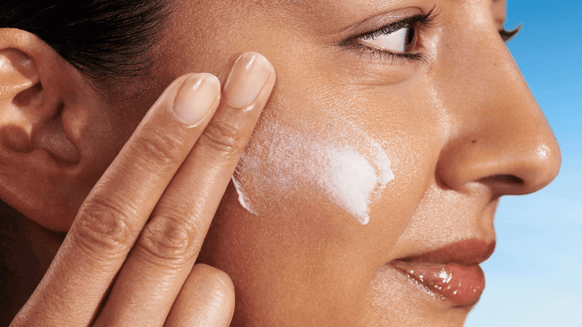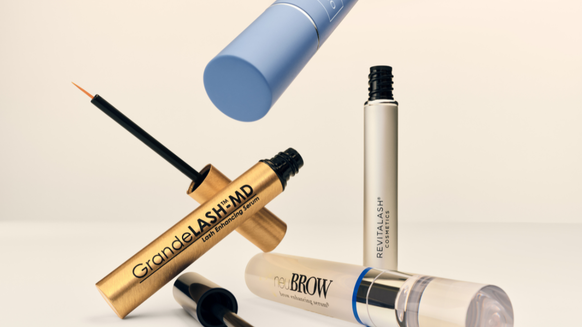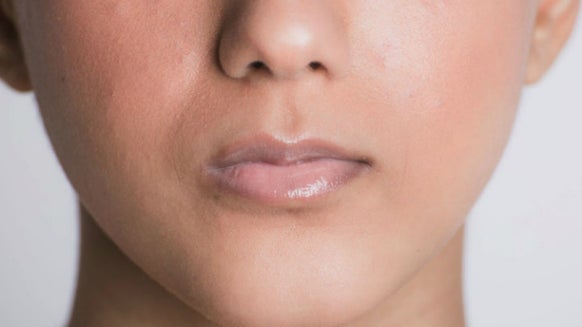What Does Skin Cancer Look Like? Dermatologists Decode What Those Unexplained Spots Mean.
A mole that changes in color? A brown spot that seems to grow bigger by the day? If you ever find yourself deep into a Google or WebMD rabbit hole wondering what these symptoms mean, it might be time book an appointment with your dermatologist. Dr. Kristina Goldenberg, a New York-based dermatologist, explains, “Skin cancer is the most common type of cancer that exists. It is estimated that about half of all Americans will have at least one type of non-melanoma skin cancer by the time they turn 65.”
While periodic skin checkups remain the best way to detect and nip skin cancer in the bud, conducting a regular self-check is just as important. Here, dermatologists discuss early warning signs and possible indicators that merit extra attention.
1. Moles that change over time
Dermatologist Dr. Sharyn A. Laughlin, MD, gives the need-to-know details on how to look out for melanoma---the most deadly form of skin cancer. Here are some of the mole changes you need to take note of (don't worry, remembering these is as easy as ABCDE).
A symmetry: If a mole or lesion goes from circle to jagged, or if the borders begin to blur, pay close attention.B order: Is it uneven, or does it look like a blob of pigment that’s coming away from the edge?C olor Variations: If color varies within the mole or lesion.D iameter: If the diameter or size is more than that of a pencil eraser. But according to Dr. Laughlin, this doesn't matter anymore. A small lesion can either be sinister or benign.E volving: If the lesion continues to change in size, color or shape.
Dr. Laughlin recommends that if a mole has changed enough for you to make a mental note of it, you should book an appointment with your dermatologist. It’s best to catch any type of skin cancer, especially melanoma, in the earliest stages.
2. A spot that changes color
If that once brown freckle on your arm has started to turn an odd shade of purple, unless you haphazardly wrote on yourself, Dr. Laughlin recommends getting this checked. She notes that while it could be skin cancer, it could also been a myriad of other issues, too. “Lesions can change into a whole rainbow of colors. This often occurs in melanoma, but could be a sign of other skin conditions, too. The specific color change will provide the physician with some insight." She also added that lesions can change into red, purple, brown, pink and even yellow and they will all imply a potentially different diagnosis.
Unsure whether a spot is a cause for concern? Dr. Laughlin suggests keeping a weekly record of any suspicious spots. Do this by taking weekly photos with your phone, and then show the photos to your dermatologist at your next appointment.
3. Pinkish spots on sun-exposed areas
A common skin cancer that begins in your basal cells---hence the name basal cell carcinoma---can first rear its head by changing colors. As Laughlin notes, “Basal cell carcinoma presents typically as a pink or pearly lesion, slow-growing and can bleed or scab over. It is often asymptomatic and usually, but not exclusively, occurs on sun-exposed areas.” In this case, you should seek a dermatologist’s attention ASAP.
4. A glass-like sore with a scaly crust
Another form of skin cancer is squamous cell carcinoma, which is caused by the out-of-control growth of abnormal squamous cells. “Squamous cell carcinoma can stem from sun-damaged lesions called actinic keratosis. They look like pink scaly spots, which usually form around sun-exposed areas,” Dr. Laughlin says. “Described as a piece of glass or sliver by patients, squamous cell carcinoma often feels like there is something in the lesion. If you notice any sensitivity, there might be something there.” She also notes that if it starts to become painful, you should book an appointment immediately. Why? Laughlin says that the pain can mean it is growing downwards into the dermis.
If this is the case, a dermatologist would probably recommend that you allow the area to develop over a few months, to see if anything transforms. After that time period, they’ll dig deeper if necessary. “If a dermatologist is concerned about any lesion after a complete history and physical, then they will typically biopsy it and have a pathologist confirm whether the lesion is benign or a sinister condition that requires more intervention,” she explains.
5. A spot that bleeds
Though Dr. Laughlin says a bleeding spot could be cancerous, she also notes that an irritated area could also be a warning sign of other conditions. These include pyogenic granulomas, which are usually-benign nodules, or vascular lesions that can be treated via laser. For this, Dr. Laughlin recommends the same wait-and-watch approach, as change over time is the greatest indicator of cancer. However, she adds that if bleeding is excessive and keeps happening consistently instead of occasionally, it’s not a bad idea to consult with your dermatologist ASAP.
6. A spot on your face, scalp or nose
When you think about those areas on your body that are more likely to develop skin cancer, it’s important to think about the parts that are often exposed to the sun. As Dr. Laughlin explains, 60 to 80 percent of pre-cancers of the skin and all types of skin cancer usually form in areas that get the most exposure. “These areas will vary with your occupation and lifestyle and sun protection habits, but they mostly occur on bald scalps, ears or the face, with a higher concentration on the nose,” she adds.
In addition to applying sunscreen, keeping track of these spots, bumps or freckles will help you take note if something looks odd or unusual.
How to protect yourself
According to Dr. Laughlin, there are two ways to protect yourself from skin cancer: consistent self and dermatologist skin checks and, more importantly, using sunscreen and shielding your skin from the dangerous rays that could pose a threat.

From the latest hair and makeup trends to the best solutions for your skin issues, we've got all your beauty concerns covered!
